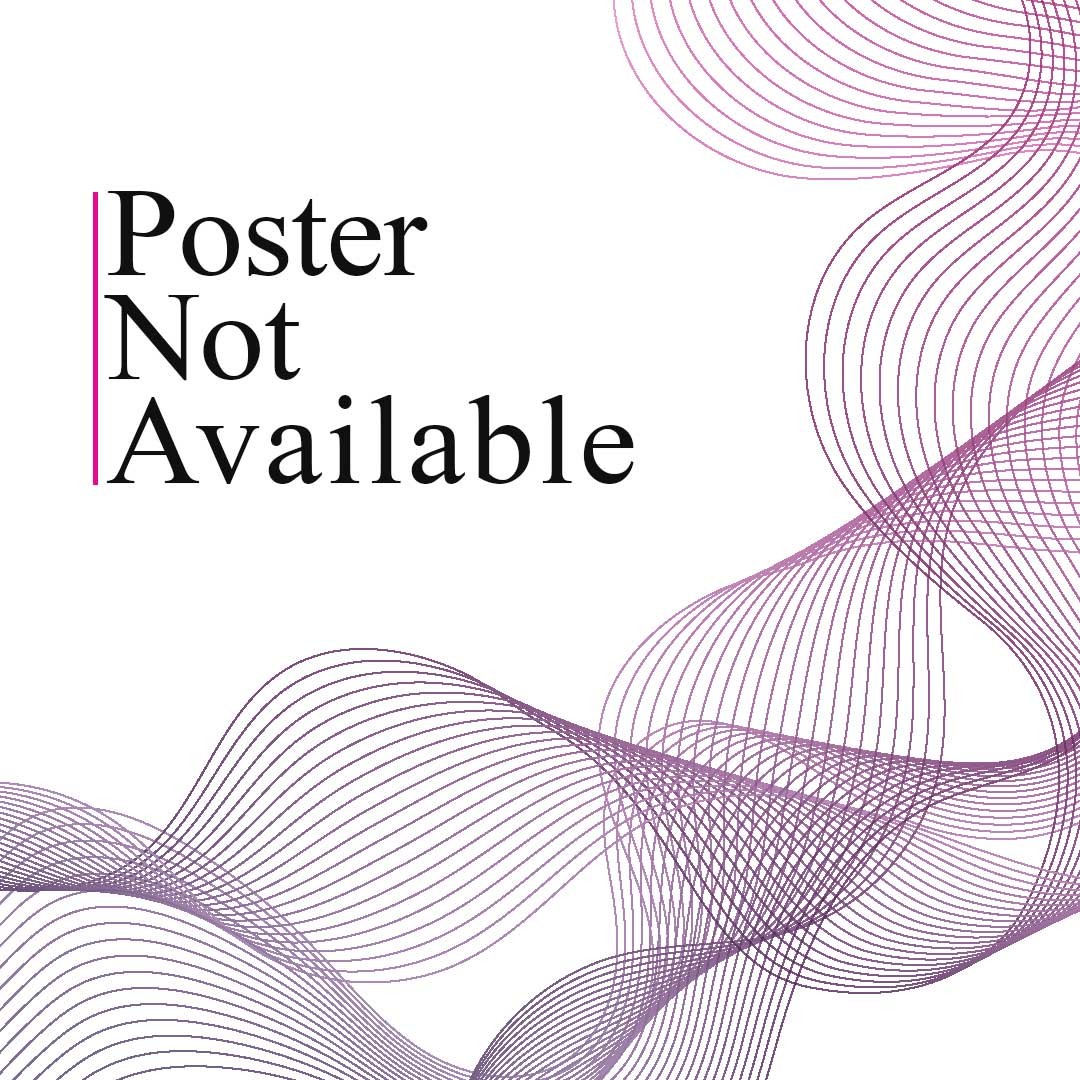London,
Bankside | London SE1 9TG | UK
16 December 2020 - 7 February 2021
The Tanks provide a permanent gallery for live art, performances and film and video work from the Tate collection. There is also a programme of new commissions of works made for the specific spaces.
Shirin Neshat explores the themes of exile, identity and cultural history in this video installation
Soliloquy 1999 depicts the artist walking through two cities with distinct landscapes. One location is Mardin in Turkey, not far from Neshat’s native Iran. The other is New York in the United States, where Neshat now lives. Parallel scenes and activities take place across the two settings. Neshat describes the work as offering ‘a glimpse into the experience of a divided self’. Placing the viewer between two projections, she highlights the dislocation sometimes felt as a result of being born in one country and living in another, ‘standing on the threshold of two worlds’.
Neshat was born in Iran. In 1974, aged 17, she moved to the United States to study art. During her absence, the country became an Islamic republic following the 1979 revolution. On her first return visit in 1990, she was struck by the cultural and political changes that had taken place. One such change was the introduction of laws requiring women to dress according to Islamic tradition. This experience led Neshat to explore gender in Islamic societies, with the veil becoming a central image in her photographic and video work.
Neshat reflects:
‘although Soliloquy was not a biographical piece, it is based on my personal experience … those of us living in a state of the “in between” have certain advantages and disadvantages. The advantage of being exposed to a new culture and in my case the freedom that comes with living in the USA. The disadvantages of course being that you will never experience again being in a “center” or quite at “home” anywhere.’
read less
Shirin Neshat, Soliloquy 1999
Soliloquy is a double-screen colour video projection produced in an edition of six plus one artist’s proof. Tate’s copy is number six in the edition. The work was shot on 16mm film and transferred to video for editing. The two videos are projected on opposite walls, usually in an enclosed space. They depict a veiled woman, the artist herself, taking parallel journeys in two different cultural landscapes. In one video she is depicted in a middle eastern city on the edge of the desert while in the other she is in a western metropolis. For most of the seventeen and a half minute duration of the work, the action in the films alternates between the two settings. When the woman on one screen is active, walking from place to place, her counterpart in the other projection stays still, often staring directly at the camera and thus appearing to watch her alter ego on the opposite screen. At these moments her face seems to register recognition and longing.
